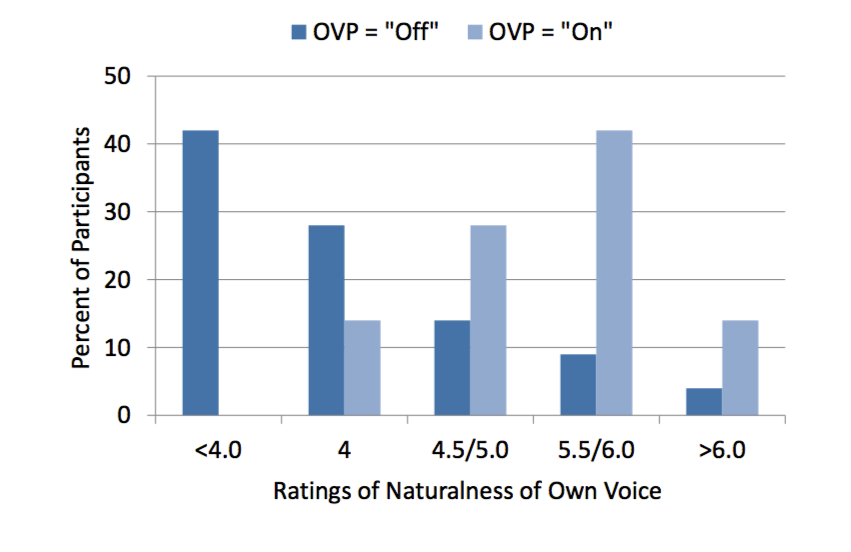Headphone listening habits, hearing thresholds and listening levels in Swedish adolescents with severe to profound HL and adolescents with normal hearing.
Int J Audiol. 2018 Apr 27;:1-7
Authors: Widén SE, Möller C, Kähäri K
Abstract
OBJECTIVE: Research has minimally focussed on the music listening habits and preferred sound volumes among adolescents with severe to profound congenital HL. Listening to music played at loud sound volumes and for a long duration of time could imply risks of worsening the HL. Therefore, it is important to investigate the listening habits in adolescents with HL. The aim of the present study was to describe the use of personal music devices, subjective estimated sound levels, measured sound levels, listening habits, and hearing symptoms in adolescents with severe to profound hearing loss compared with adolescents with normal hearing.
DESIGN: The study was conducted in two steps. First, a questionnaire was given to students with or without hearing loss. In step two, hearing and sound level measurements were made in a subsample from both groups.
STUDY SAMPLE: The study sample were based on 112 seventeen-year-old students with severe to profound hearing loss and 279 adolescents with normal hearing. Hearing thresholds and listening levels was measured on two subsamples based on 29 adolescents with severe to profound hearing loss and 50 adolescents from the group with normal hearing.
RESULTS: The results showed that adolescents with severe to profound hearing loss listened to significantly louder sound levels for longer periods. For both groups, those listening at louder sound levels had poorer hearing thresholds. This finding is especially alarming for subjects with hearing loss. Among those listening above 85 dB per occasion, the sound level ranged between 85.8 dB up to 109 dB for those with hearing loss, whereas the sound level ranged between 85.5 dB and 100 dB for those with normal hearing.
CONCLUSIONS: Adolescents with congenital hearing loss used portable music devices in the same manner as adolescents with normal hearing. However, adolescents with hearing loss listened to louder sound volumes most likely to compensate for their hearing loss, which significantly increases the risk of further damage to their hearing. From a hearing rehabilitation perspective it could be concluded that aspect of music listening habits should be focussed in order to prevent noise induced hearing loss among individuals with congenital hearing loss.
PMID: 29703094 [PubMed - as supplied by publisher]
from #Audiology via ola Kala on Inoreader https://ift.tt/2jfnDVk
via
IFTTT

